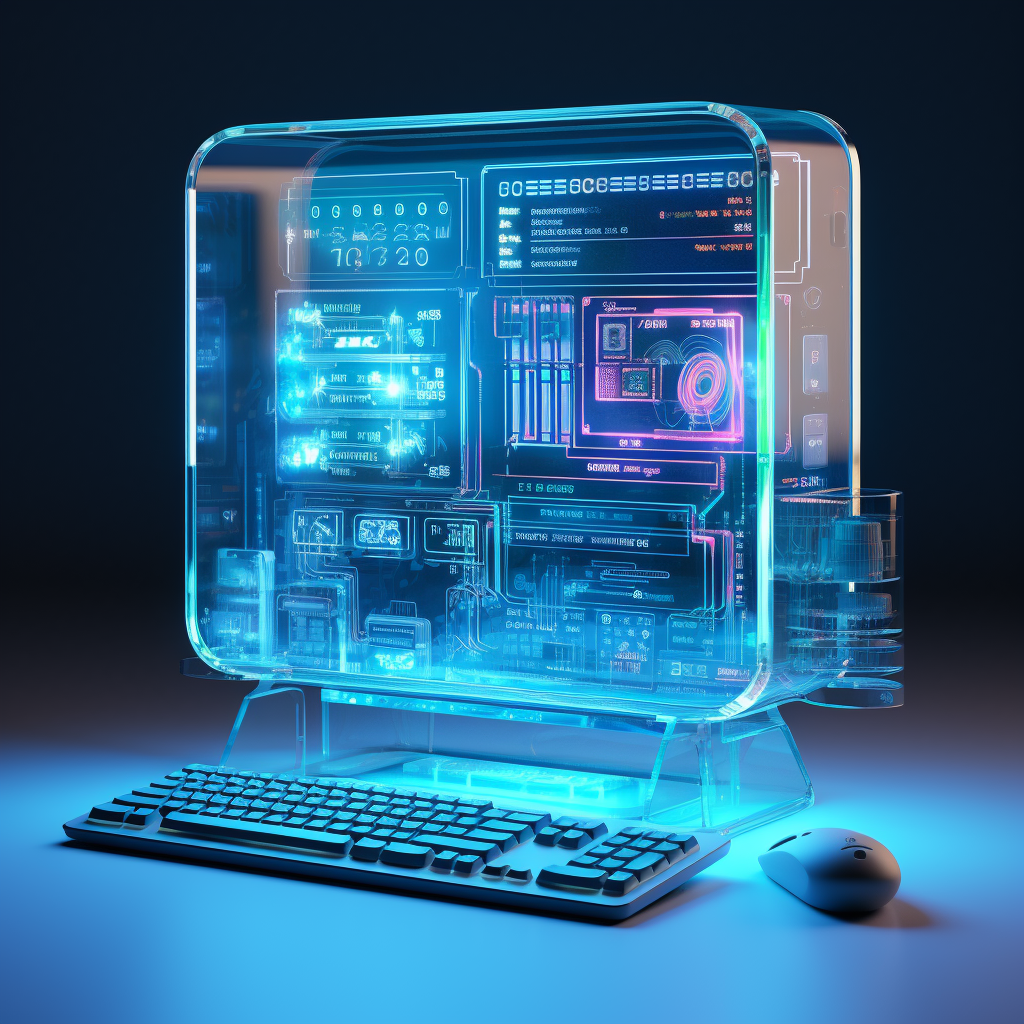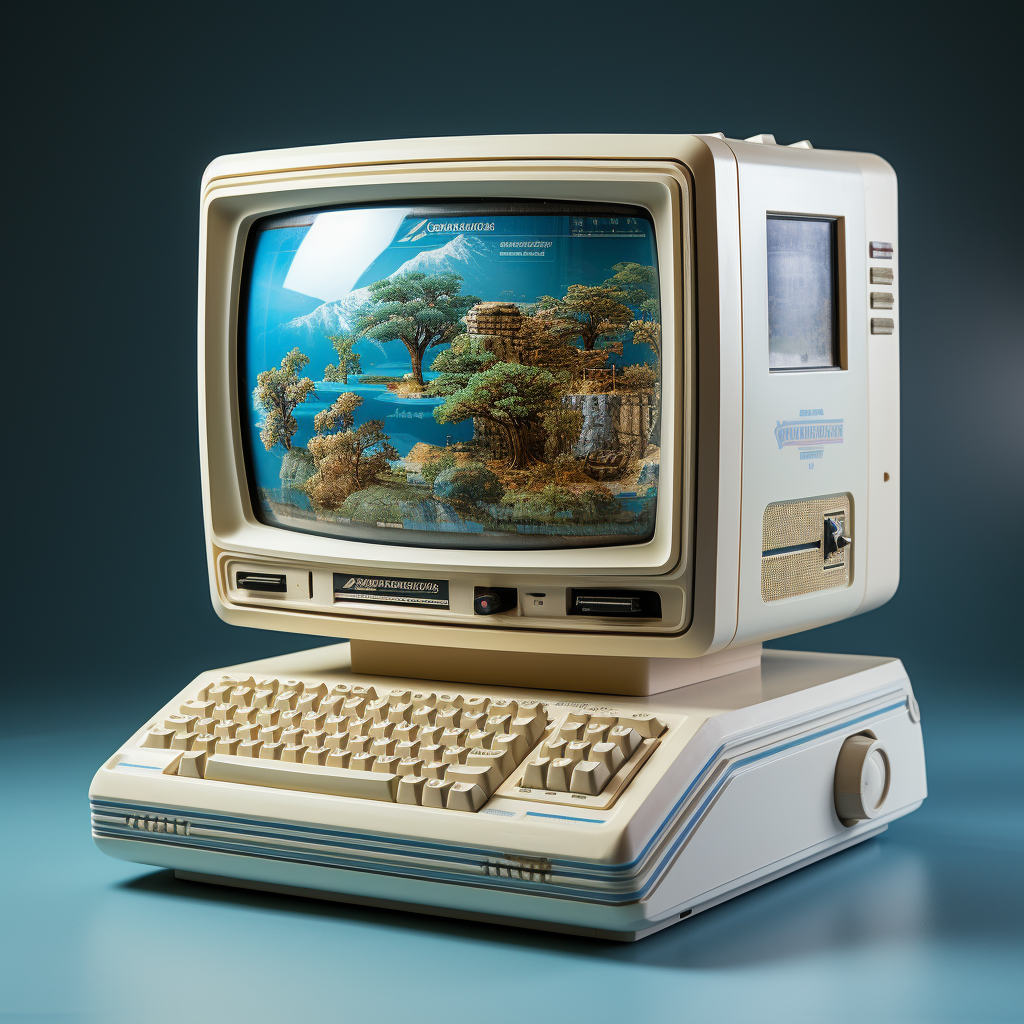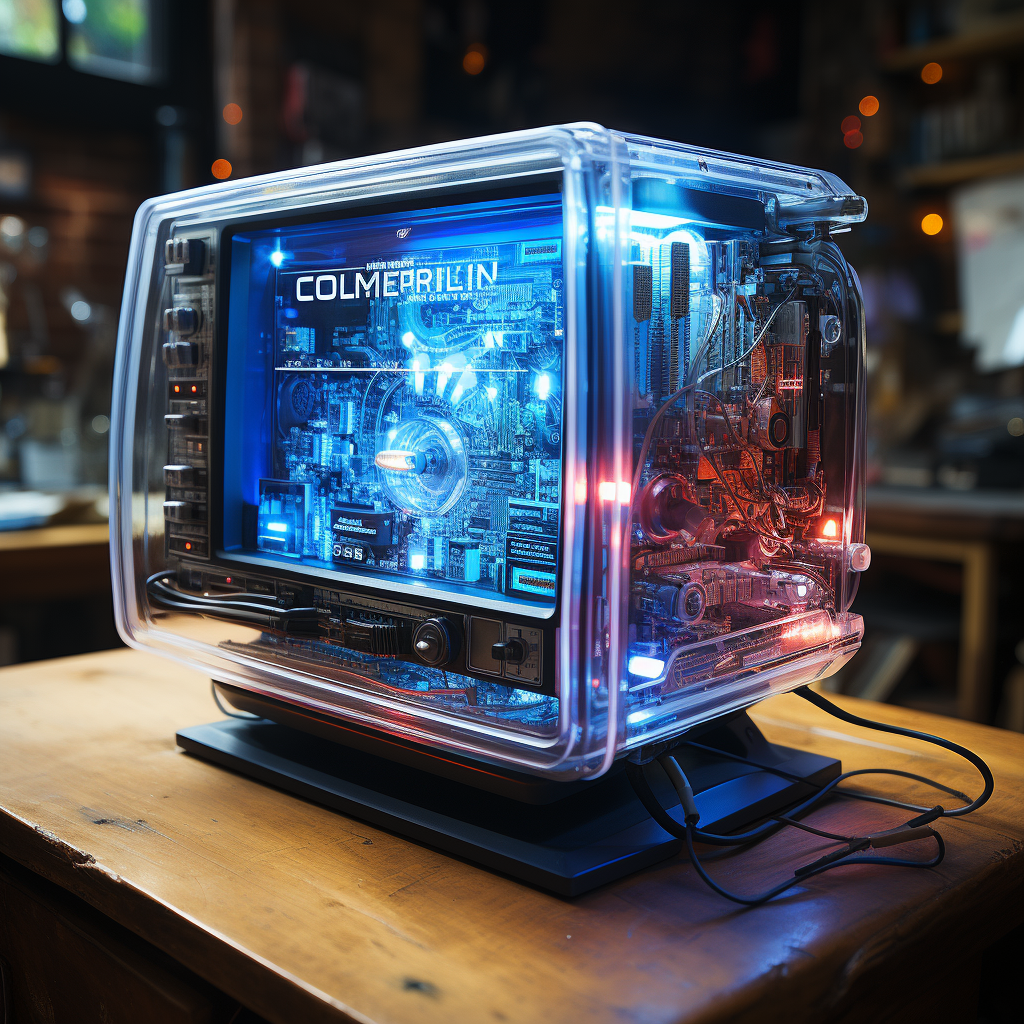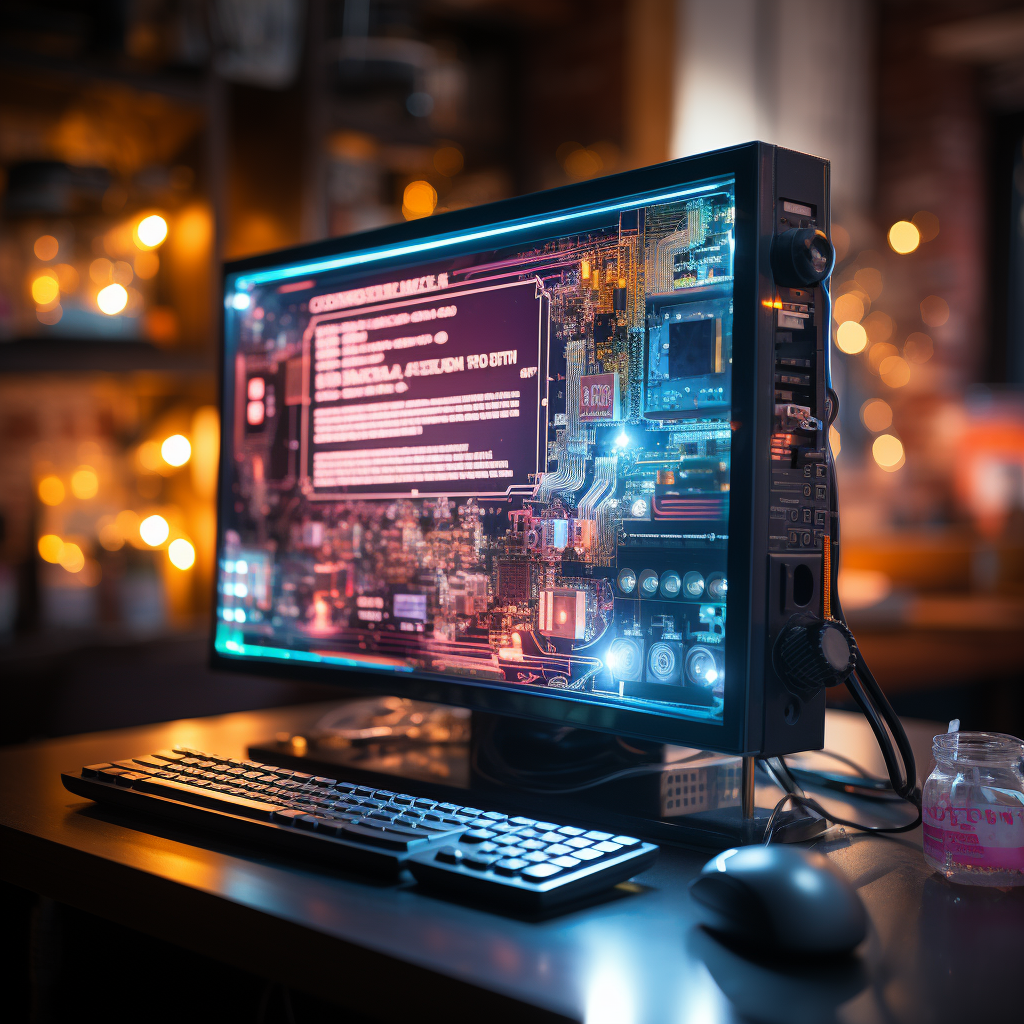
Just hours into the dawn of the computer era, computational devices were sprawling arrays of consoles, punch cards, and vacuum tubes taking up an unreasonable amount of real estate in university ground floors. In the modern late-morning of that age, however, millions of times more computing power can be packed in the volume of a toaster. Once every home could afford one of these machines, and every room could fit one, it was official that the personal computer era had begun. While the first personal computer was released in 1971, it wasn’t until the Matsuri M-2400 was released in 1978 that the idea of owning a home computer became not only popular but also useful. Matsuri’s brilliant gambit was inventing the computing hardware ecosystem, with the M-2400 being the central machine used to view videos from Matsuri recording cameras and play arcade game ports simply by adding peripherals to accept the media.

With the rising commonality of computers in every home, whether it be for work or for play, a generation emerged that were either introduced to or raised on digital technology which was definitively positioned as their baseline for normal. It became a greater influence as these machines spread from living rooms to offices and schools where it was expected that everyone have at least a modicum of computer literacy. Advancement in either the professional or scholastic arena soon became tied in with computer proficiency. Families were quick to buy and learn the newest software, children would swap disks containing games and books with fields like they were trading cards, and companies held quarterly training seminars to keep their employees at the bleeding edge of the know.

An entirely new culture arose from out of this period as well that was defined by the creative and competitive use of these computers. Users pushed the limits of their operating systems while others programmed new applications to extend their abilities. Hobbyists overclocked their motherboards and some even dismantled them completely finding new purposes for their chips and components never planned by their manufacturers. This was the beginning of the modder community and they saw the flexibility of computers, both their hardware and software, as indicative of a new phase of reality. One in which everything was a candidate to be modified and nothing was off the table. In many ways they were right.
